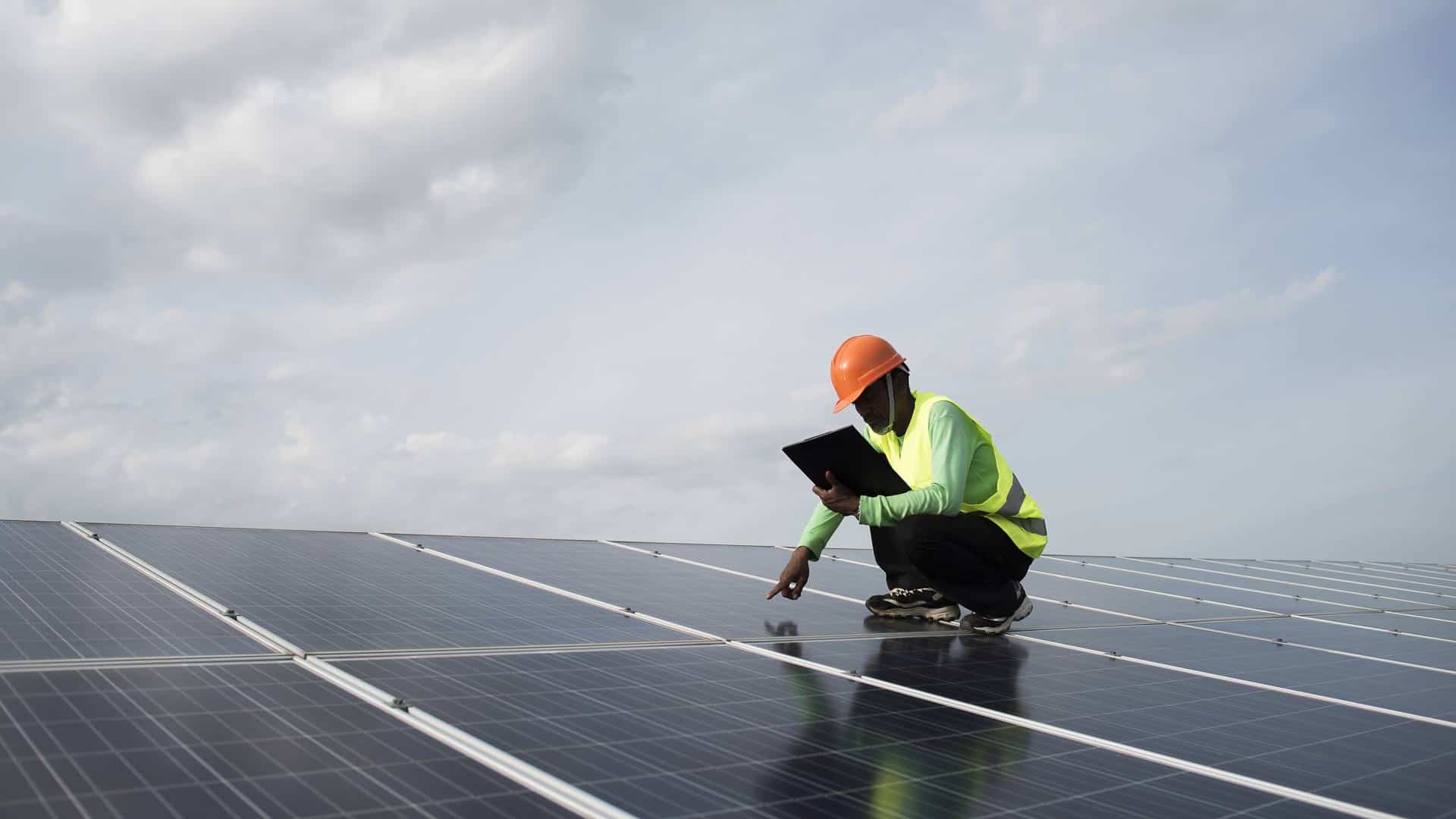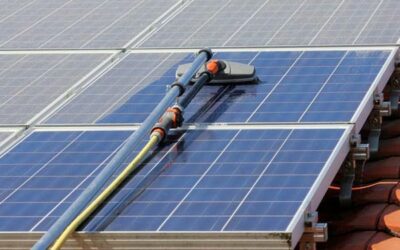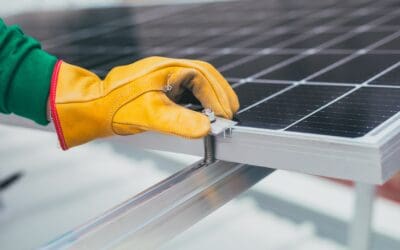Electricity is the heartbeat of modern civilization. It is the single most effective contributor to modern civilisation. Everything from telecommunication to household appliances and even spacecraft relies on electric power to operate. However, most of this power comes from traditional energy sources like fossil fuels and nuclear power – which though more economical to generate, is responsible for significant amounts of carbon dioxide and greenhouse gases, among other pollutants. But thanks to growing concerns about climate change, a significant proportion of the world’s population is shifting its focus to renewable sources of energy – the inevitable future of power.
At first glance, harnessing natural sources of energy like sunlight to power anything from homes to streetlights appears to be complicated and expensive. But in fact, with the advent of new technologies, like a solar inverter it is now possible to harness solar energy at a fraction of the cost, with the additional benefits of completely eliminating the ever-present hazards of air pollution and carbon dioxide.Hence, you can also peek over at this website to avail solar installation.
If you want to harness the power of the sun with a solar power system, in the following sections, we will discuss the most efficient and cost-effective way to accomplish this – the solar inverter. Bringing you insights on the different types of solar inverters along with their respective applications, this guide will help you make an informed choice, which will serve as a strong foundation for your first step towards complete energy independence.
What Is a Solar Inverter?
Solar energy is the cleanest and most abundant renewable energy source, providing enough energy to satisfy all the energy requirements of the entire planet. Though solar energy is not a recent discovery, generating and harnessing it has long been a challenge. In modern times, the advent of new technology and innovative systems to capture and harness solar energy has been one of the major contributors to the rapid growth of renewable energy sources. These innovative systems include more advanced solar panels, better batteries, and of course, solar inverters.
The solar inverter is a device that converts the direct current (DC) energy generated by the solar panels into alternating current (AC) energy which can be used to power household appliances and other electronic devices. Most modern electrical and electromechanical devices cannot operate on DC current in which current always flows in the same direction. This incomplete charge would render devices useless if they are used with a DC solar power system. For this reason, a solar inverter utilising a system of semiconductors and switches helps convert DC to AC power.
What Does a Solar Inverter Do?
The whole idea of a solar inverter is to bridge the gap between the solar panel (which produces DC electricity) and the electricity that you use in your home (which is AC). To achieve this, the inverter must meet several critical criteria. First, it must be capable of transforming the electricity from solar panels into a form that household appliances can utilise. You can also visit this important link to know how it works. Second, the inverter must be efficient enough to maximise the use of solar energy while keeping the costs of system installation as low as possible.
The inverter used for a solar power system is typically a DC to AC converter, which changes the voltage of the DC produced by the solar panel to match that used by household appliances and other equipment. In addition, an inverter should also monitor the current and voltage output of the panels, allowing homeowners and users to regulate the system accordingly to maximise its efficiency. Therefore, the quality of solar inverters is highly dependent on their ability to adapt to any changes and provide the required voltage and current output.
Types of Solar Inverters
There are several types of solar inverters for different residential solar power applications, depending on the voltage and power requirements of the home. In general, there are two types of solar inverters, namely off-grid and grid-tied.
Off Grid Solar Inverter
An off-grid solar inverter, for example, is designed to provide power to homes without access to electricity from the grid, such as on remote islands. To adapt to varying weather conditions, an off-grid inverter can be equipped with a power optimizer that allows the home to store solar energy even during times of limited sunlight. The optimizer works by regulating the voltage and current of the solar panels while storing excess energy in a battery bank or battery system. You may visit this off grid solar kit – shopsolarkits.com if you are interested to learn more.
Grid Tied Solar Inverter
In contrast, a grid-tied inverter is used to connect to an existing electricity supply. These solar inverters are commonly used by households that have some or all of their electricity needs provided by solar energy and choose to sell any excess power back to the electricity grid. The latest models of these inverters can also optimize the panels’ energy output during daylight hours by providing real-time monitoring and adjustment capability.
Beyond these two primary types of solar inverters, there are few more types of inverters, including:
Straight String Inverter
If you have multiple solar panels installed on your roof or on a separate mounting structure, a straight string inverter is probably the most cost-effective choice. A straight string inverter can accommodate two or more solar panels, each with the same voltage and amperage rating. The inverter uses the panel’s power output to charge a battery and converts the battery energy to AC electricity used for consumption. However, because the inverter harnesses the power from solar panels connected in series, if even one of the panels fails or is disconnected, the entire system will shut down.
Optimised String Inverter
Unlike a straight string inverter, an optimised string inverter features an integrated power optimiser to manage the DC and AC power output of the solar panels. The power optimiser ensures maximum power is extracted from the panels to reduce energy loss in the system. The optimiser monitors every panel and makes real-time adjustments to the voltage and amperage being sent to the inverter. This ensures maximum power output from the panels and efficiency in the use of the battery power.
Microinverter
In this setup, each solar panel is connected to an individual microinverter. A microinverter is a small solar inverter that is connected to a single solar panel instead of a string of panels. The microinverter contains a solar charge controller and power optimiser and sends the DC power output of the panel to a centralised inverter. The centralised inverter then converts the DC power to AC and charges the battery for use. The main advantage of this system is that if any one of the solar panels fails or is disconnected, the rest of the system continues to work. This resilient structure is very useful for both grid-tied and off-grid solar power systems.
Hybrid Inverter
If you want a solar power system that gives you the best of all the other inverter types mentioned above, a hybrid inverter might be the right choice for you. A hybrid inverter consists of a PV inverter and the necessary battery inverter and is characterised by its flexibility in terms of operation. You can have your hybrid inverter in direct string mode or in optimised string mode. And regardless of the mode, the hybrid inverter can connect multiple solar panels and help you get maximum power from your system.
How Much Does a Solar Inverter Cost in Australia?
The cost of a solar inverter can vary depending on the type of inverter you choose, the brand, and your geographic location. In addition, solar inverters are composed of many different components, each with a distinct price depending on brand and quality. So, it’s hard to give an accurate estimate for a particular inverter, but in general, solar inverters cost between $1,500 and $20,000.
Conclusion: Which Solar Inverter Right for You?
A solar inverter is an excellent choice if you wish to take advantage of the benefits of clean and affordable renewable energy to power your household and other electronic devices. It is important that you choose the type of inverter that is ideal for your personal needs and requirements. In addition, it is always important to note that solar energy cannot power all the energy needs of a home. So do your research and do your due diligence to understand what is right for you.




